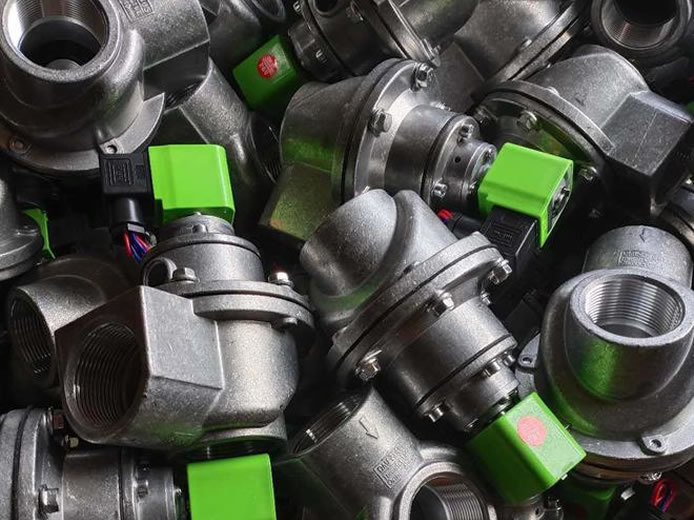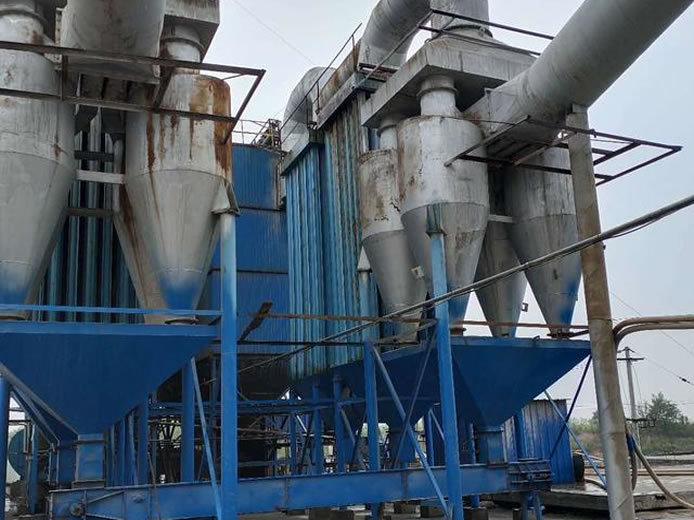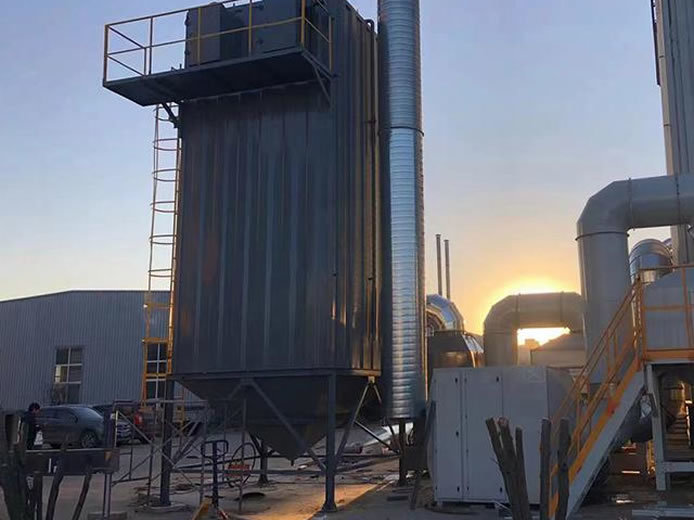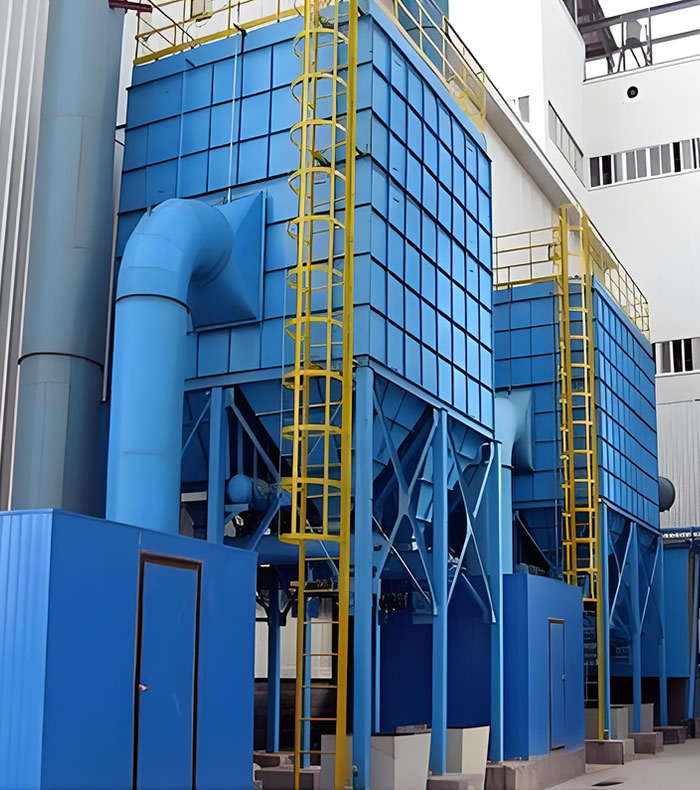How to improve the dust removal efficiency of pulse bag filter
Release Time:
2024-08-01
As a vacuum cleaner driven by compressed air, it can instantly release compressed air through a pulse jet blowing mechanism and induce several times the secondary air to enter the filter bag of the vacuum cleaner at high speed.
1. Working principles:
As a vacuum cleaner driven by compressed air, it can instantly release compressed air through a pulse jet blowing mechanism and induce several times the secondary air to enter the filter bag of the vacuum cleaner at high speed. In the case of bag expansion, shock vibration and directional airflow can be used to remove dust from the bag. From a structural perspective, a pulse bag filter consists of a filter bag, a dust removal chamber, an airbag, an electric controller, a pulse valve, an air purification chamber, a nozzle, and a pneumatic valve.
During the operation of the vacuum cleaner, dust gas will enter the dust removal chamber through the air inlet and enter the clean air chamber through the filter bag. During this process, dust remains on the outer surface of the filter bag, and the mesh air is discharged through the outlet. When the pressure difference is reached, the electronic controller will control the pulse valve to eject the high-pressure gas in the airbag through the nozzle. When high-speed airflow and induced airflow enter the filter bag, the filter bag will expand and high-pressure airflow will pop out through the micro gaps of the filter bag fibers. The filter bag will quickly shrink, causing dust to fall off. But in the dust removal process, the dust removal of the pulse bag filter mainly occurs in the dust layer. If the flow field distribution in the dust collector is uneven, the thickness of the dust layer on each filter bag will vary. Different dust thicknesses and resistance lead to uneven flow field distribution.
Therefore, if the flow field of the dust collector is uneven, the dust removal efficiency of the pulse bag filter will be lower.
2. Internal flow field analysis model:
By analyzing simulation parameters, the distribution characteristics of the dust collector can be understood, and the uniform distribution method of the flow field can be studied. After establishing the model, the vacuum cleaner can be set to the operating mode of the lower air inlet, and 4 and 6 rows of filter bags can be set. However, the internal flow field should be a complex three-dimensional, strongly rotating, and turbulent field. Therefore, turbulence models can be used to analyze the distribution of flow fields. Specifically, the selection of RNG model adopts simple algorithms and standard wall function methods. In addition, the liquid inside the vacuum cleaner is assumed to be air at room temperature and pressure, which cannot be compressed. Meanwhile, assuming frequent fluid flow, its motion parameters are independent of time. Assuming the temperature of the entire process is the same. In the calculation, it is assumed that the flow direction is perpendicular to the inlet end and comes from the boundary of the exhaust port. In addition, the filter bag should meet the boundary conditions for porous media jumping, and its outlet should meet the internal boundary conditions.












